Is this solid wood?
sharooney
9 years ago
Related Stories

REMODELING GUIDESYour Floor: An Introduction to Solid-Plank Wood Floors
Get the Pros and Cons of Oak, Ash, Pine, Maple and Solid Bamboo
Full Story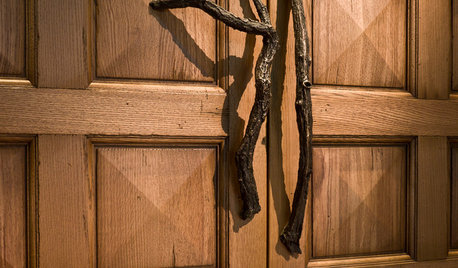
WOODWoodipedia: Make a Solid Choice With Oak
Forget those low-end products of old. Red and white oak today are beautiful, versatile and relatively inexpensive
Full Story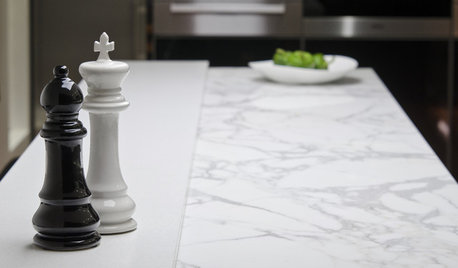
KITCHEN COUNTERTOPSKitchen Counters: High-Tech Solid Surfaces Make Maintenance Easy
Sculpted by heat and nonporous by nature, solid-surface countertops bring imagination and low maintenance to the kitchen
Full Story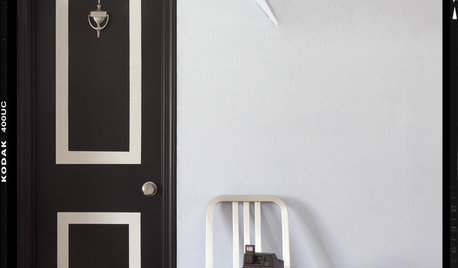
DOORSHow to Jazz Up a Solid-Front Door
Remake a door with new paint, molding, wallpaper, hardware and more
Full Story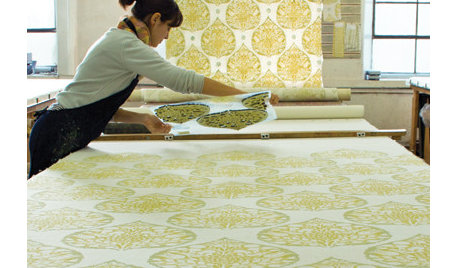
DECORATING GUIDESBlock-Printed Textiles Add Solid Style
From traditional Indian designs to DIY versions, block-printed fabrics add pattern and texture to any style decor
Full Story
REMODELING GUIDESWhen to Use Engineered Wood Floors
See why an engineered wood floor could be your best choice (and no one will know but you)
Full Story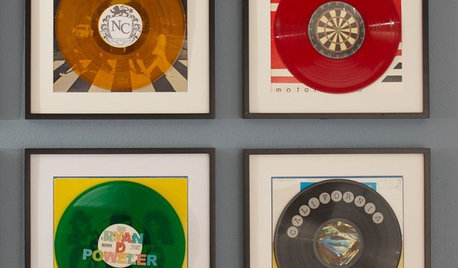
KIDS’ SPACESGuest Picks: Creating a Child's Room to Last
Solid wood and streamlined shapes make these 20 furnishings work from boyhood through teens
Full Story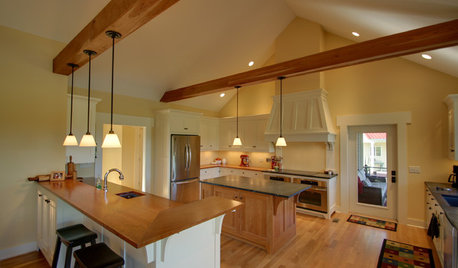

KITCHEN CABINETSGet the Look of Wood Cabinets for Less
No need to snub plastic laminate as wood’s inferior cousin. Today’s options are stylish and durable — not to mention money saving
Full Story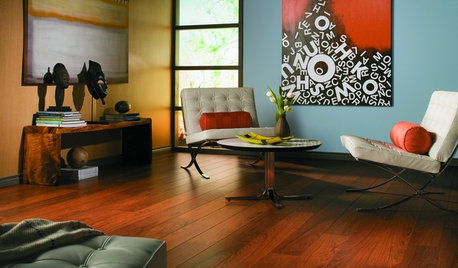
REMODELING GUIDESLaminate Floors: Get the Look of Wood (and More) for Less
See what goes into laminate flooring and why you just might want to choose it
Full StoryMore Discussions






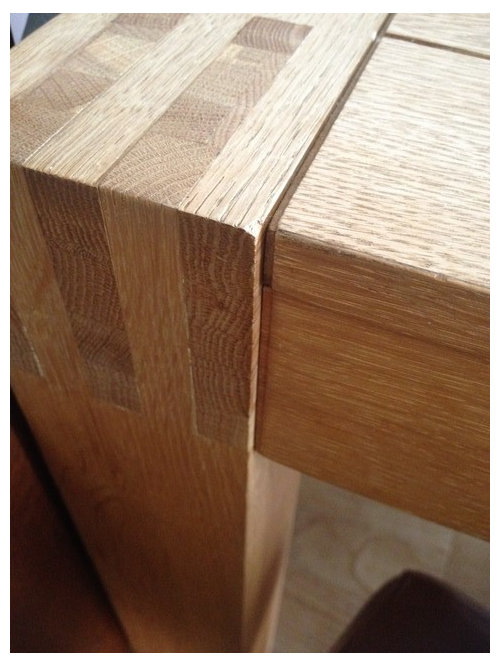


lazy_gardens
User
Related Professionals
Franklin Park Carpenters · Lisle Carpenters · Temple Carpenters · Golden Glades Flooring Contractors · Long Beach Flooring Contractors · Pittsburg Flooring Contractors · Yorba Linda Flooring Contractors · Thibodaux Flooring Contractors · Cocoa Flooring Contractors · Annandale Furniture & Accessories · San Diego Furniture & Accessories · Golden Glades Furniture & Accessories · Lake Arrowhead Furniture & Accessories · Temple Terrace Furniture & Accessories · Fish Hawk Handymanrwiegand